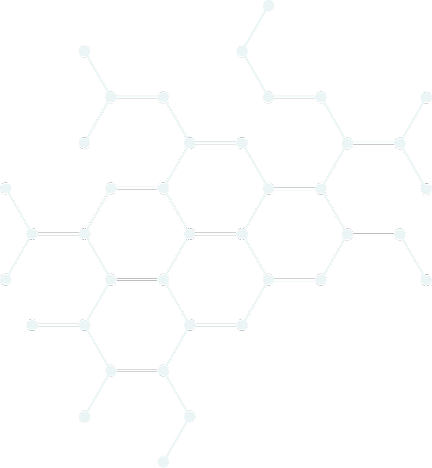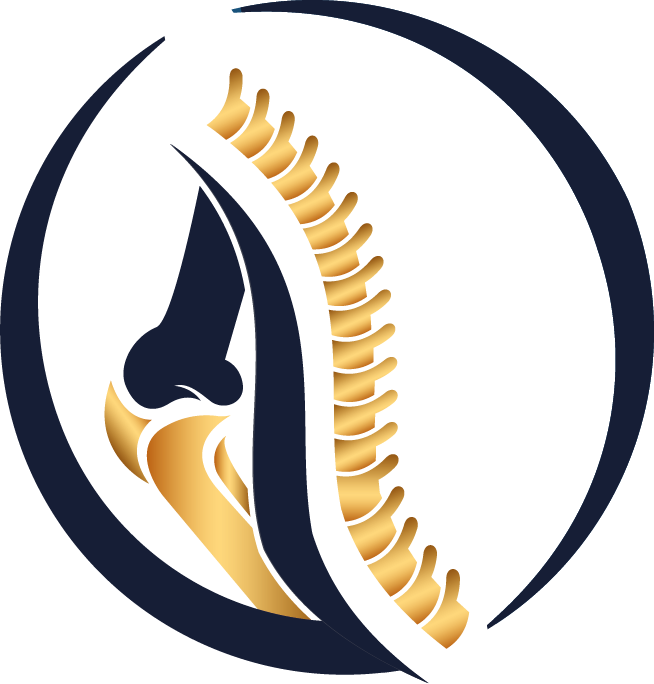Have you ever aspired to increase your stature? Opting for limb lengthening surgery could be the solution you are seeking.
What is Limb Lengthening Surgery?
Lengthening surgery, also known as limb lengthening surgery, is a specialized orthopedic procedure designed to address individuals with short stature resulting from genetic, hormonal, or environmental factors. Limb lengthening surgery can be applied to treat health problems or to eliminate aesthetic concerns.
Most individuals seeking limb lengthening surgery are dissatisfied with their physical appearance. A lack of height can lead to significant psychological distress that may result in both physical and psychosocial limitations. Limb lengthening surgery offers individuals the opportunity to achieve their desired stature.
The process of limb lengthening involves simultaneously extending both legs. The length of the legs can be increased by extending either the shinbone (tibia), thigh bone (femur), or both. As the bone tissue lengthens, blood vessels, nerves, muscles, and other tissues also elongate in unison.
Regardless of the specific technique employed for limb lengthening procedures, they all adhere to the principles of distraction osteogenesis. Essentially, the bone is surgically fractured (osteotomized) from its original placement. Soft bone tissue is expected to form within the initial 5-7 days. Subsequently, a daily lengthening of 1 mm is carried out. Upon completion of the lengthening process, the consolidation phase commences, during which new bone formation takes place.
What are the Methods of Limb Lengthening Surgery?
LON Method (LON: Lengthening Over Nails)
In the integrated approach following osteotomy, an intramedullary nail is surgically implanted into the bone, while an external fixator is attached to the leg to facilitate lengthening. The nail is secured to the bone using screws at one end only. Patients are encouraged to walk with the support of two crutches under the supervision of medical professionals starting the day after the operation. A healing period of 5 to 7 days is observed to allow for the development of soft bone tissue in the fractured area (osteotmy area). Subsequently, patients are educated by healthcare experts on the gradual daily lengthening process of 1 mm with the external fixator.
A structured plan is devised for patients to achieve a 0.25 mm lengthening four times a day. Consequently, the patient progresses by 1 mm daily, resulting in 3 cm gain in 30 days, 6 cm in 60 days, and 9 cm in 90 days. After the completion of the lengthening (distraction) phase, patients undergo a surgical procedure in the operating theater where locking screws are affixed to the opposite end of the intramedullary nail, and the external fixator is removed. During this stage, patients are advised to diligently engage in recommended exercises to improve the flexibility of the knee, ankle, and hip joints.
Precice 2.2 Method
Limb Lengthening by Precice 2.2 entails a sophisticated remote control technique utilizing a magnetic nail (developed by Nuvasive) implanted within the bone. This groundbreaking approach ensures a discreet limb lengthening process without any external visibility. The innovative system incorporates an intramedullary nail placed within the bone, enabling precise and controlled bone lenthening through an external remote control (ERC). This method eliminates the necessity for external fixation, which can be uncomfortable and aesthetically displeasing for patients.
One of the notable advantages of the Precice 2 system is its provision of a more comfortable and less painful experience for patients in comparison to conventional limb lengthening methods. The procedure is conducted through minimal incisions, resulting in negligible surgical scars and addressing the aesthetic concerns of patients. The biocompatible titanium composition of the Precice 2.2 nail provides structural support to the bone during the lengthening process. However, it is unable to endure the full weight of an adult patient, requiring patients to utilize a wheelchair during the distraction phase.
Furthermore, the Precice 2 system diminishes the likelihood of complications linked to limb lengthening surgery, such as infection and nonunion, as it facilitates both lengthening and shortening of the bone. Upon complete consolidation of the newly formed bone, typically one to two years post-surgery, the nails can be extracted through a minor procedure. The Precice 2 method involves daily bone elengthening utilizing the titanium nail and the ERC device. The elongation process is carried out thrice daily, with each session encompassing 0.33 mm. The overall duration of the distraction phase varies based on the desired height increment, necessitating 60 days for a gain of 6 cm and 80 days for a gain of 8 cm. Throughout this phase, the adjacent soft tissues are also lengthened through physiotherapy and exercise.
How Much Taller can Height Surgery Make You?
The amount of lengthening can be planned to be between about 5-12 cm. This amount of lengthening is determined together with the patient by examining the patient's body characteristics, target height, trunk-leg length ratio. The ideal lengthening from the shin bone (tibia) is 5-6 cm and 8-9 cm from the thigh bone (femur).
How Long is the Hospital Stay After the Surgery?
The average hospital stay is 5 days (2-7 days). Surgery and recovery time may vary depending on the patient's condition.
Is Physical Therapy Necessary After Surgery?
Rehabilitation commences promptly upon awakening post-surgery. The patient is encouraged to rise and initiate ambulation using crutches or a walker within the initial 24 hours. Throughout the period of bone lengthening and formation, participation in physical therapy sessions is imperative. Over the initial 3 weeks, the patient is instructed on prescribed exercises, ambulation techniques, and daily physical activities by a physiotherapist and attending physician. Upon mastering the exercises and establishing familiarity by the third week, the patient may transition back to their city of residence.
Enhancing Mobility
Physical therapy plays a crucial role in enhancing mobility following limb lengthening surgery. The elongation of bones can result in rigidity and debility in the surrounding muscles and joints, impacting the individual's capacity to move freely. Specialized exercises and techniques are utilized by physical therapists to augment range of motion, alleviate discomfort, and restore functional mobility. Through personalized rehabilitation programs, patients can regain vigor and flexibility, enabling them to execute daily tasks with increased ease and confidence.
Promoting Muscle Strength
Another pivotal advantage of physical therapy post-surgery is the promotion of muscle strength and endurance. Lengthening procedures can induce muscle frailty and imbalance, which, if unattended, may impede the recovery process and heighten the likelihood of secondary complications. Physical therapists devise strengthening routines that target specific muscle groups, aiding patients in rebuilding strength and enhancing muscle coordination. By adhering to structured rehabilitation protocols, individuals can expedite their recovery, reclaim muscle functionality, and prevent further setbacks.
How Long Does the Treatment Take in Lengthening Surgery?
Although it varies according to the lengthening, the treatment is completed in a time equal to the value of the lengthening in months. That is, a 6-month treatment period should be calculated for 6 cm elongation.
What are the Risks in Limb Lengthening Surgery?
Apart from the risks of anesthesia and surgery that can be seen in all surgeries, vascular clots (embolism), infection, joint stiffness, pain due to nerve strains are among possible complications, albeit at very low rates. In order to avoid complications during and after the surgery, patients should stop using alcohol and smoking. In addition, steroids and diuretic drugs should be discontinued before surgery.
With this process you have achieved at the end of the treatment, we recommend that you prepare for shopping to renew your wardrobe.
 Türkçe
Türkçe
 Arabic
Arabic


